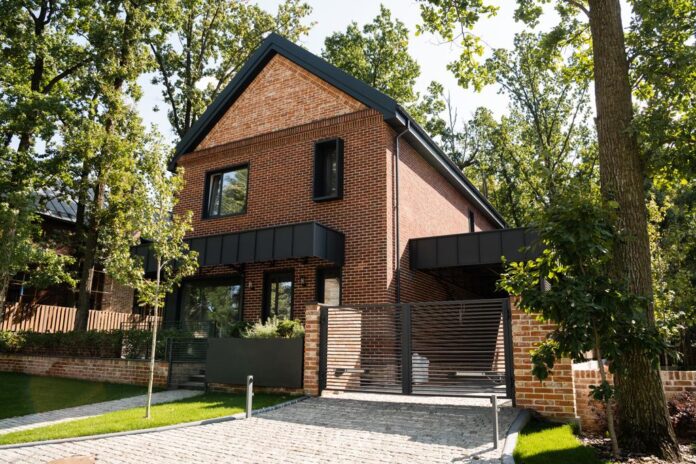Introduction
Introduction is one of the most important elements of any piece of writing. It serves as a bridge between the writer and the reader, setting up an expectation for what is to come next. It can be an introduction to a topic, an essay, or even a book. In fact, it plays such an important role in how readers perceive and understand your writing that it’s often said that you should spend more time crafting your introduction than any other part of your work!
An effective introduction should grab the reader’s attention right away as well as give them enough background information to understand what comes next. It should also provide them with some context about why you’re writing about this particular topic or issue. The goal is for readers to come away feeling excited and ready to learn more about what you have to say!
When crafting your introduction, try not to give too much away too soon; instead focus on generating interest by using intriguing language and carefully selected details that tease out key points without giving everything away at once. Additionally, make sure you introduce yourself as well so readers know who’s behind the words they’re reading – this helps build trust and connection with them right from the start!
Types of Home Designs
Home designs Palmerston North are as varied as the people who inhabit them. From traditional to modern, contemporary to eclectic, there is something for everyone. Whether you’re looking for a classic look or something more modern and sleek, there are many types of home designs to choose from. Here’s a breakdown of three popular styles: Traditional, Modern and Contemporary.
Traditional home designs have been around for centuries. They typically feature warm colors and natural materials such as wood and stone. These homes often include stately columns, intricate crown moldings, fireplaces in the living room or dining area and classic furniture pieces like armoires and wingback chairs. The floor plan tends to be formal with symmetrical rooms centered around a main focal point such as a fireplace or grand staircase.
Modern home design is characterized by clean lines and minimalistic elements like wall-to-wall windows that flood the space with natural light; open floor plans; neutral colors; functional furniture made from metal or glass; recessed lighting fixtures; low slung sofas and more angular shapes throughout the space instead of curves found in traditional homes.
Contemporary home design combines elements from both traditional and modern styles while adding its own unique flair into the mix which often
Design Features and Benefits of Different Home Designs
Home design is an important part of creating your dream home. There are countless options to choose from, each with its own unique features and benefits. Here we’ll explore the advantages of three popular styles: traditional, modern and contemporary homes.
Traditional Homes: Timeless Appeal, Durability, Low Maintenance Costs
Traditional homes provide a cozy atmosphere of timeless charm that never goes out of style. These classic designs feature a variety of shapes and sizes with numerous customization options to fit any lifestyle or budget. Traditional homes are also known for their durability and low maintenance costs due to their simple construction methods that require minimal upkeep over time. From quaint cottages to grand estates, traditional homes offer something for everyone who values quality craftsmanship and lasting beauty year after year.
Modern Homes: Clean Lines and Open Spaces, Energy-Efficiency
Modern homes have a sleek aesthetic featuring clean lines and open spaces that maximize every inch of square footage without compromising visual appeal or comfort level for occupants. They often feature high ceilings as well as floor-to-ceiling windows that allow plenty of natural light into the space while providing stunning views outside the home. Modern designs also prioritize energy efficiency by utilizing solar power systems or geothermal heating units in order to reduce utility bills over time
Choosing the Right Home Design for Your Needs and Preferences
Choosing the right home design for your needs and preferences is a daunting task. With the vast array of options available, it can be difficult to narrow down which design will best suit your lifestyle. Whether you’re building a house from scratch or remodeling an existing space, it’s important to consider all aspects of the home before making any decisions.
The first step in choosing the right home design is to assess what type of living space you need and want. Do you prefer an open-concept layout where common areas are connected, or do you prefer separate rooms for each activity? Do you need extra storage space or just enough room for essential furniture? Once these questions have been answered, it’s time to look at different styles of homes that fit within your criteria.
From traditional homes with grand entryways and gabled roofs to modern designs with sleek lines and minimalist features, there are many styles available that could work well with your needs and preferences. Additionally, think about how much outdoor space is necessary when selecting a style; some people may desire plenty of outdoor living while others may not need as much area in their backyard or patio.
Conclusion
In conclusion, home designs have come a long way over the years and continue to evolve as technology advances and our needs change. From tiny homes to modern mansions, there are endless options to choose from when it comes to designing a home that fits your lifestyle. Whether you want something traditional or modern, there is sure to be a design that suits your needs perfectly.











